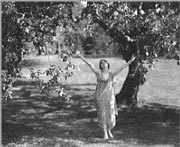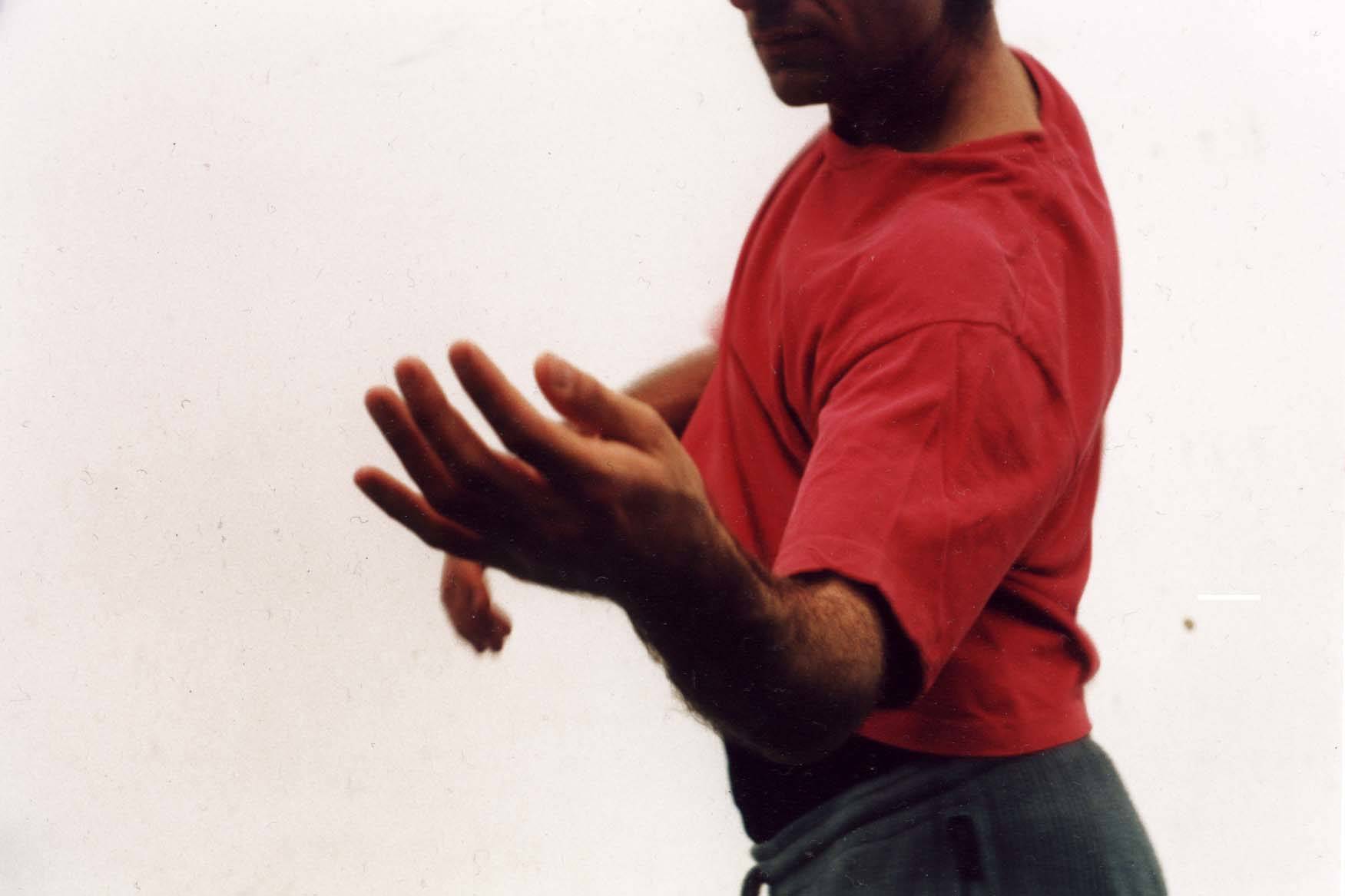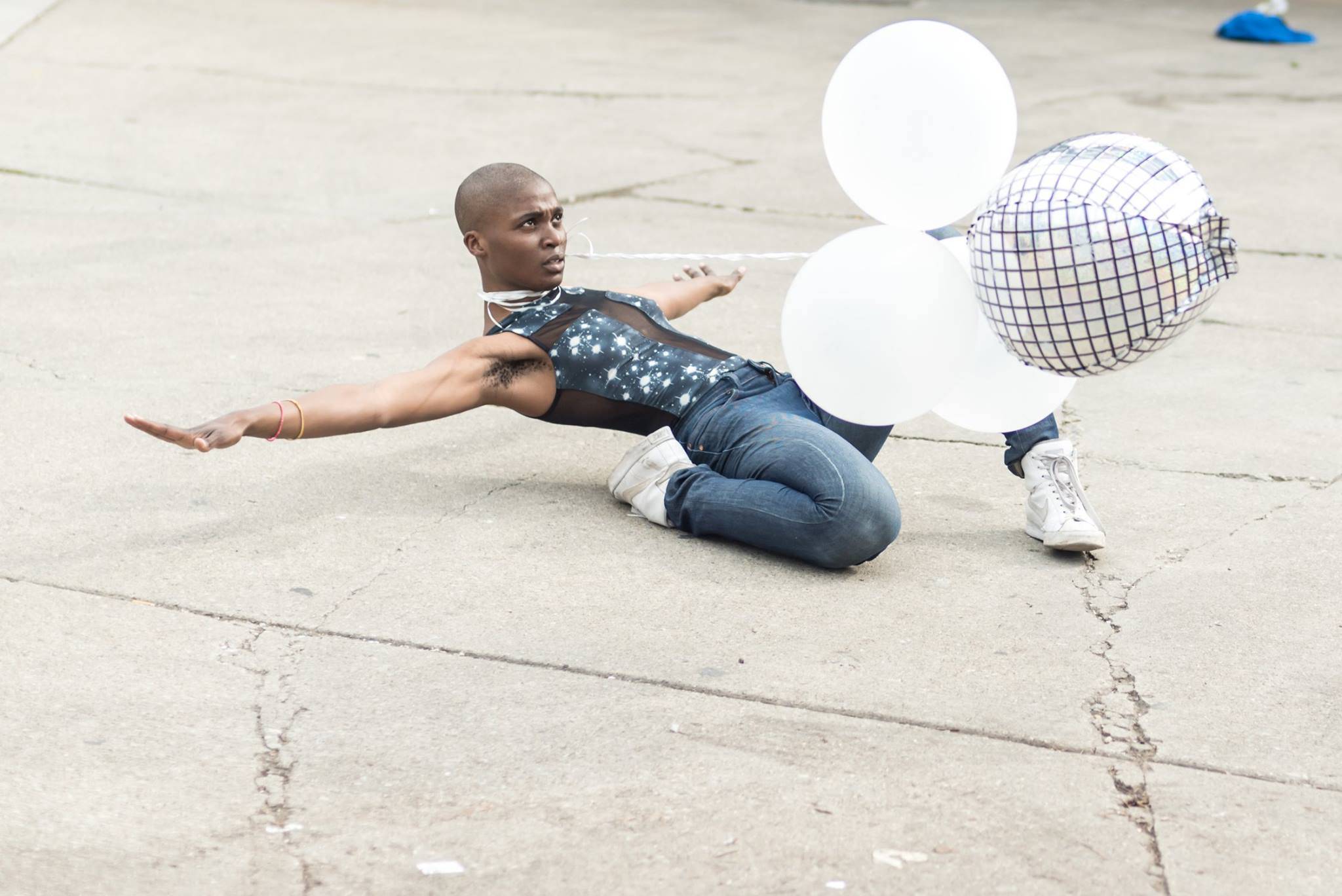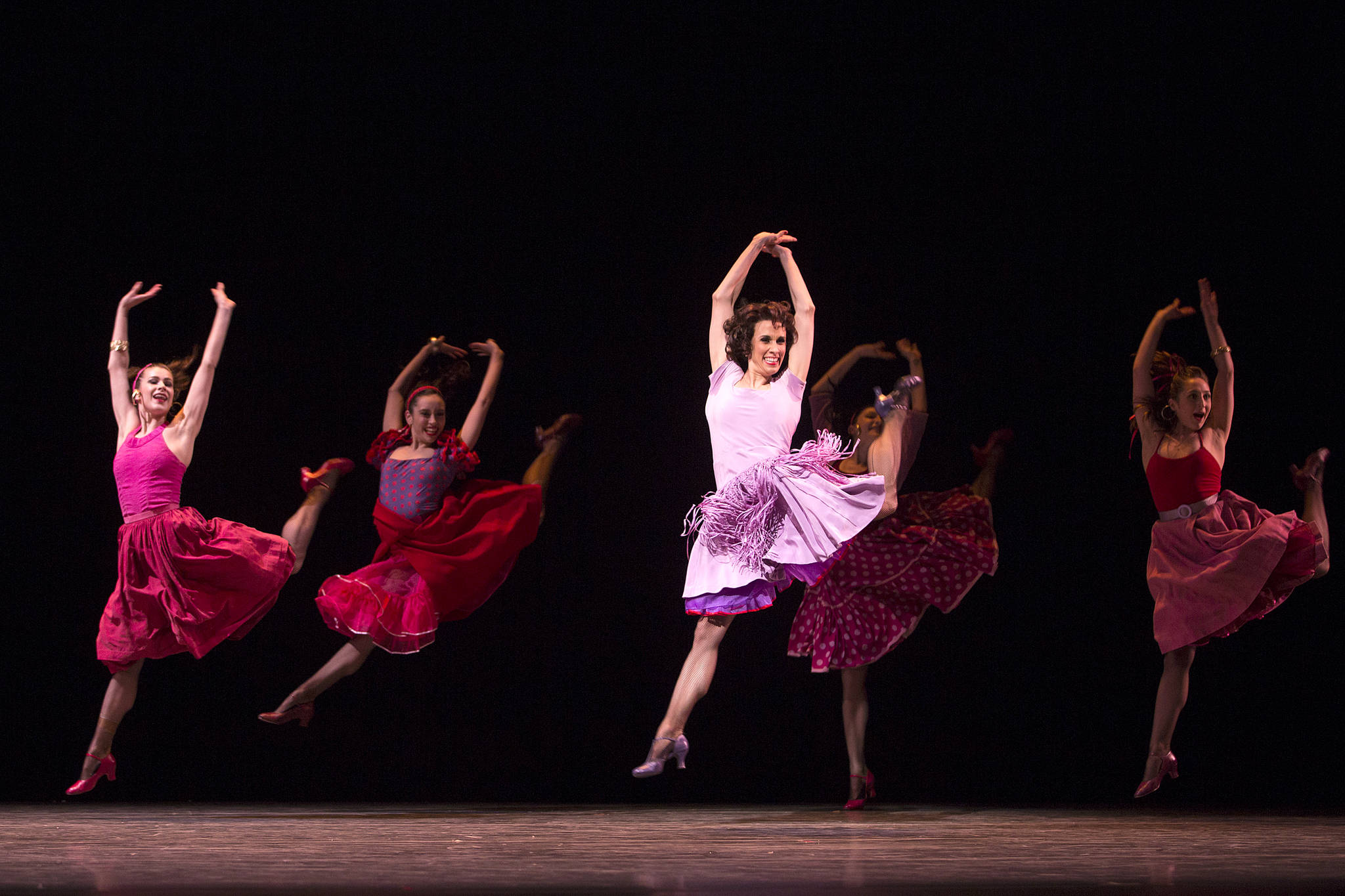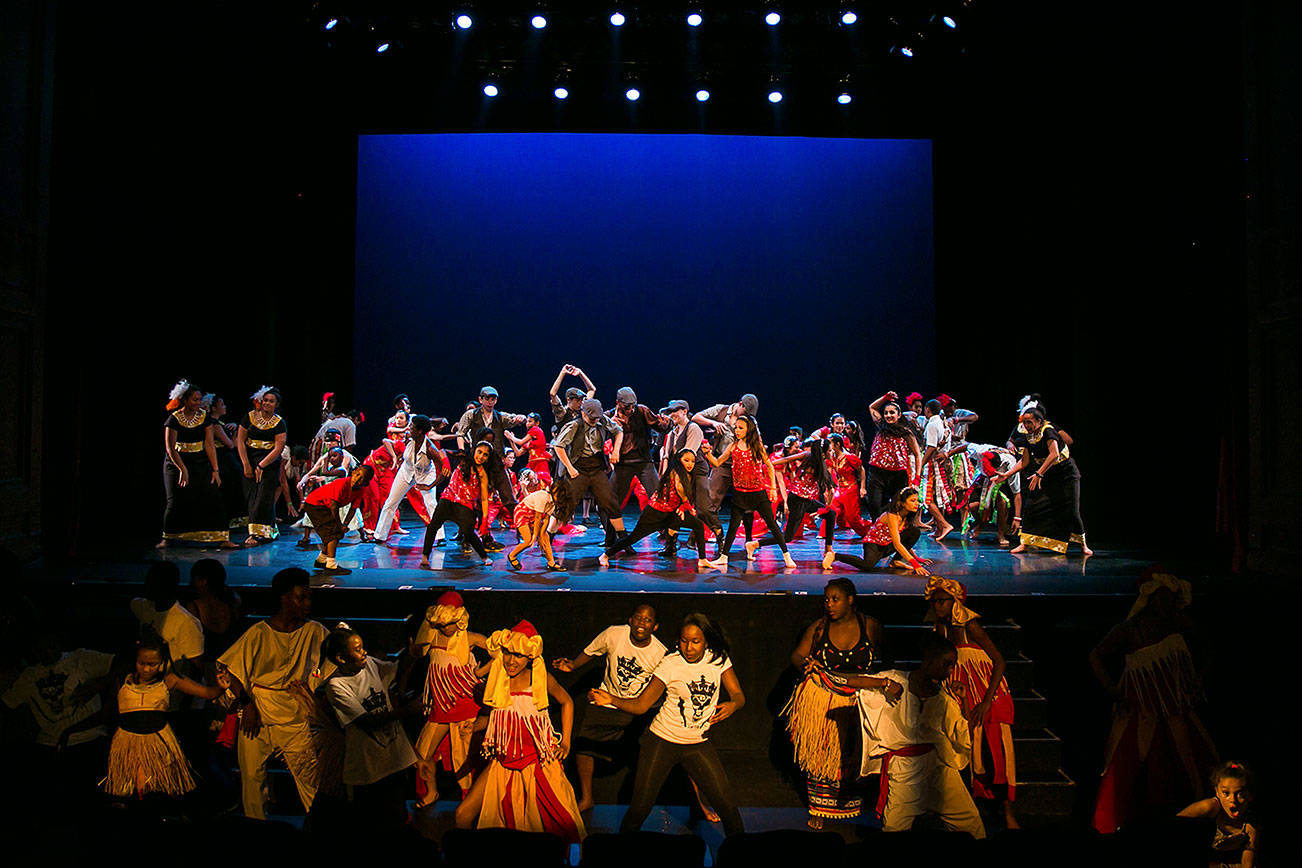Shopping for a dancer can resemble shopping for a linebacker. No matter how ethereal someone appears on stage, dance is a grueling activity; a jumbo container of Tiger Balm and a trip to the chiropractor go a lot further than another pair of pointe shoe earrings. If you have a dancer on your holiday gift list, there are certainly the obvious buys—leotards or season tickets to the ballet—but the hunt could be unique if you take a dancer with you, metaphorically speaking. Isadora Duncan, the legendary American artist referred to as the Mother of Modern Dance, is one of the few artists who is well-known outside the art form, and her vivid personality and flamboyant life are fascinating even to people who aren’t that interested in dance. Both genius and sybarite, she’d make an excellent shopping companion.
Duncan was a sensualist, and any shopping with her would include treats for yourself as well as for others. “If people ask me when I began to dance,” she once said, “I reply, ‘In my mother’s womb, probably as a result of the oysters and champagne—the food of Aphrodite.'” Champagne, chocolate, and all kinds of specialty foods would be appropriate to satisfy one of the five senses, but you need to consider the other four as well. Duncan was considered a radical in her day for dancing to “serious” music, particularly Chopin and Brahms. To be truly authentic to her sense of hearing, you’d need to hire an ensemble to perform in your home, but in a pinch you could find one part of Garrick Ohlsson’s multivolume Chopin recordings—Ohlsson frequently accompanies Duncan scholar Annabelle Gamson in her performances, and his interpretations of the music are particularly dance-friendly. Vision is pretty simple: Duncan’s epiphanic experience in Greece, where she translated the curving outline of temple columns into a signature movement phrase, should be enough to get you to the art history section of the bookstore. Rose petals are for scent, and though Duncan would scatter them across the stage in performance, you can simply tuck them in a drawer or in a dish on a side table. For touch, the best choice would be something that literally touches you. Duncan scandalized the mainstream part of her audiences by shedding her corset, dancing bare legged in her version of a Greek toga; today you can wrap yourself in a pashmina or a cut-velvet scarf (as long as you avoid Duncan’s fatal convertible ride).
I shop with Isadora from time to time—she usually convinces me to step up and indulge myself. It’s not that I think I can become her by owning a few things; it gives me a chance to experience something outside my normal routine—and a new experience is probably one of the most exciting things you can give to someone or to yourself.
Get It?
Start with ISADORA: A SENSATIONAL LIFE, a bio- graphy by Peter Kurth, available at the University Book Store (4326 University N.E., 634-3400).
The Pike Place Market is prob-ably the best place to assemble a DUNCAN-ESQUE PICNIC FEAST: Pike and Western Wines, 441-1307; DeLaurenti’s, 622-0141; City Fish, 682-9329; Dilettante, 728-9144.
The OHLSSON RECORDINGS are listed at Tower Records (500 Mercer, 283-4456).
The 1996 edition of John Boardman’s GREEK ART is also at the University Book Store (4326 University N.E., 634-3400).
Most Nordstroms have a decent selection of SCARVES, but Endless Knot (2300 First, 285-7885) has some particularly nice ones. Also look in Isadora’s Antique Clothing (1915 First, 441-7711), the vintage shop named after the dancer herself.
